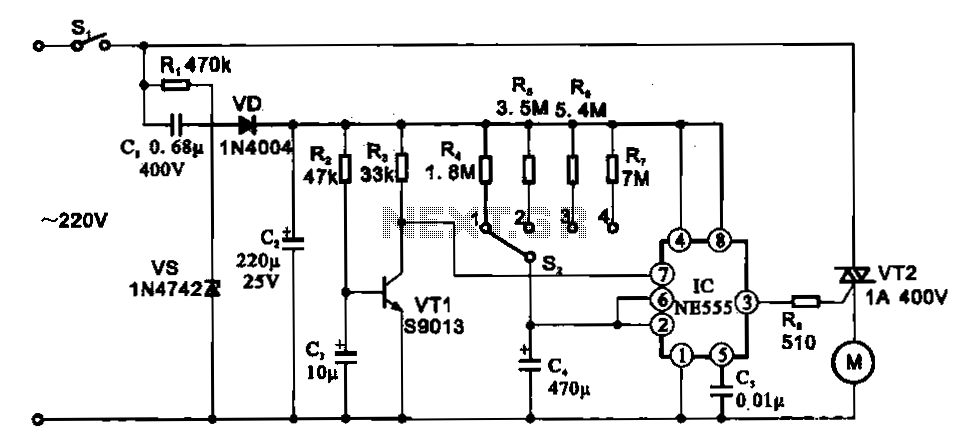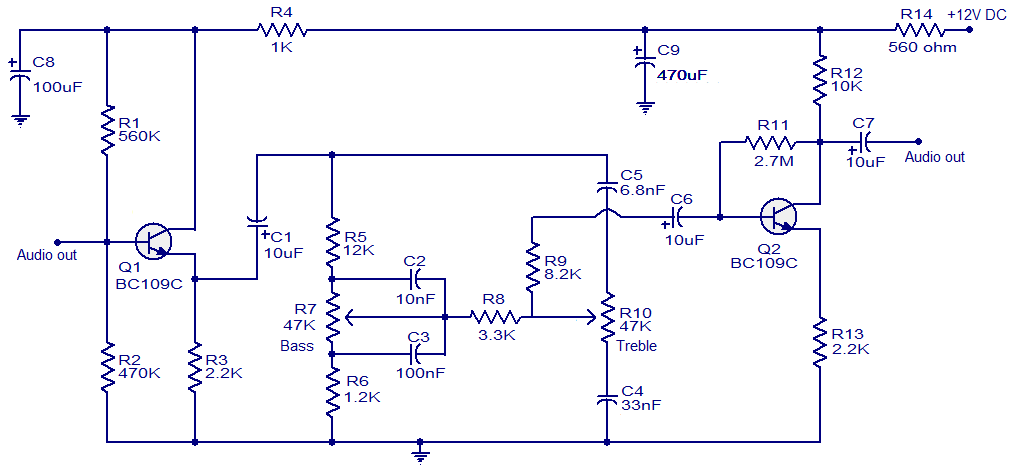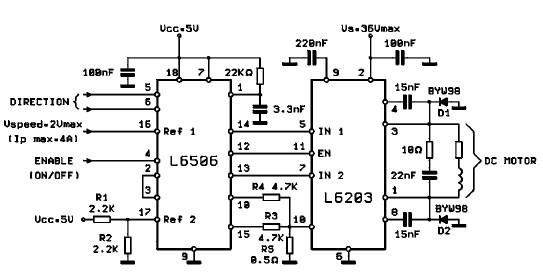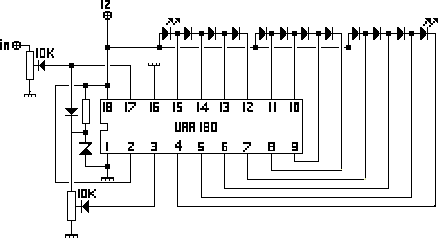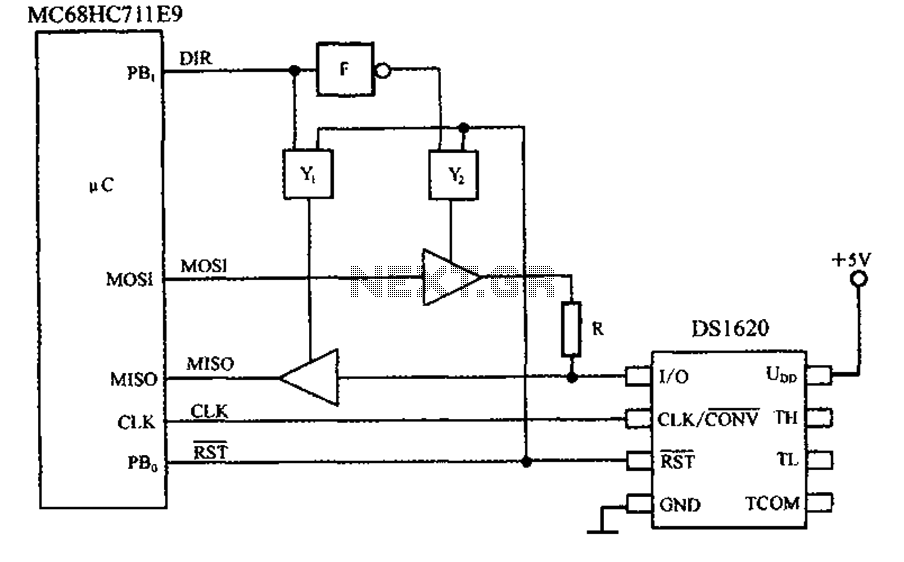
Extend current application circuit
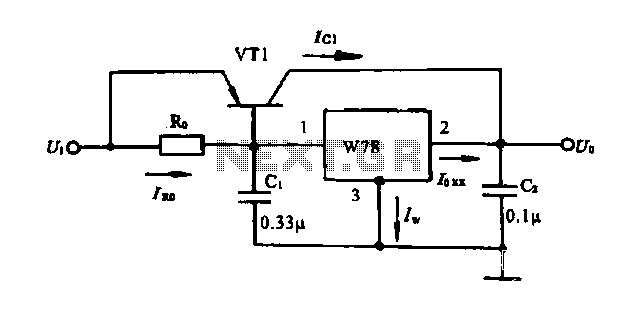
Extend the current application circuit. The maximum output current of the integrated three-terminal device in production is 1.5A. If the output current exceeds 1.5A, an external power transistor can be utilized to increase the output current, as illustrated in the circuit connection.
To enhance the output current capability of the integrated three-terminal device, an external power transistor can be incorporated into the existing circuit. This configuration allows the system to handle currents greater than the device's inherent limit of 1.5A. The external transistor acts as a current amplifier, enabling the circuit to support higher loads without compromising the performance of the integrated device.
The schematic typically includes the integrated three-terminal device connected to the base of the external power transistor through a biasing resistor. This resistor is crucial for controlling the base current of the transistor, thus regulating its operation. The collector of the power transistor is connected to the load, while the emitter is grounded. A feedback mechanism may also be implemented to stabilize the output current and prevent thermal runaway, which could potentially damage the components.
In this configuration, it is essential to consider the power rating and thermal characteristics of the external transistor to ensure reliable operation. Adequate heat sinking may be required to dissipate excess heat generated during operation, especially when driving high currents. Additionally, protective components such as diodes may be included to safeguard against voltage spikes that could occur during switching events.
Overall, this approach provides a practical solution for applications requiring higher current outputs while maintaining the integrity and functionality of the existing circuit design.Extend current application circuit The current production of the maximum output current of the integrated three-terminal device is 1.5A. If the output current is greater than t he need to 1.5A, the external power transistor can be used to expand the output current method, as shown in the circuit connection.
To enhance the output current capability of the integrated three-terminal device, an external power transistor can be incorporated into the existing circuit. This configuration allows the system to handle currents greater than the device's inherent limit of 1.5A. The external transistor acts as a current amplifier, enabling the circuit to support higher loads without compromising the performance of the integrated device.
The schematic typically includes the integrated three-terminal device connected to the base of the external power transistor through a biasing resistor. This resistor is crucial for controlling the base current of the transistor, thus regulating its operation. The collector of the power transistor is connected to the load, while the emitter is grounded. A feedback mechanism may also be implemented to stabilize the output current and prevent thermal runaway, which could potentially damage the components.
In this configuration, it is essential to consider the power rating and thermal characteristics of the external transistor to ensure reliable operation. Adequate heat sinking may be required to dissipate excess heat generated during operation, especially when driving high currents. Additionally, protective components such as diodes may be included to safeguard against voltage spikes that could occur during switching events.
Overall, this approach provides a practical solution for applications requiring higher current outputs while maintaining the integrity and functionality of the existing circuit design.Extend current application circuit The current production of the maximum output current of the integrated three-terminal device is 1.5A. If the output current is greater than t he need to 1.5A, the external power transistor can be used to expand the output current method, as shown in the circuit connection.
